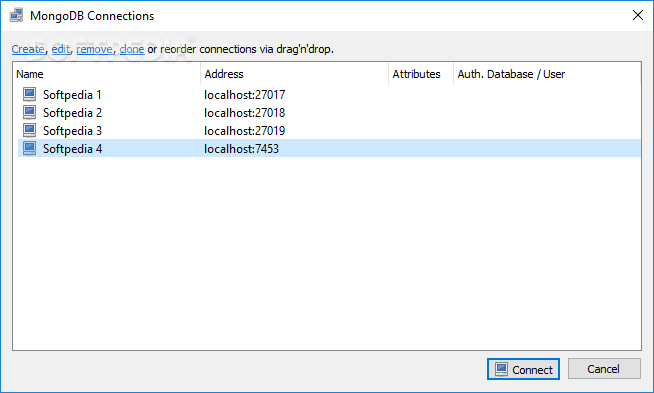

Return all documents in a collection db.Customers.find() Let’s open IntellIShell by clicking the icon in the toolbar.Īnd try the following queries. Now we’re ready to try out examples of the find() method that you can type/paste and edit in IntelliShell. You should see the new collection in the connection tree, on the left. Under the Insertion Mode column, double-click on a cell to choose one of the insertion modes from the drop-down menu.Ĭlick on Execute to run the import. Here we will add our JSON source document, Customers.ĭouble-click on a cell to type in the target collection. Next, open the Import Wizard from the toolbar.Ĭlick on + to add JSON source documents, – to remove them, or the clipboard icon to paste JSON data from the clipboard. Open Studio 3T and connect to your MongoDB database.

If you have an existing collection, skip ahead to the examples. We’ll be querying the Customers collection, available here as a. If you’re fluent in SQL and want to save a bit of typing, Studio 3T also has SQL Query, which lets you use SQL to query MongoDB. Simply drag the fields, define the value, and hit Run. If you don’t know the MongoDB Query Language, you can still build find() queries through a drag-and-drop Visual Query Builder.

Three ways to build find() queries in Studio 3Tįor writing and building db.collection.find() queries, we’ll be using Studio 3T’s IntelliShell with query auto-completion in our examples.


 0 kommentar(er)
0 kommentar(er)
